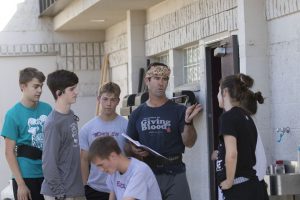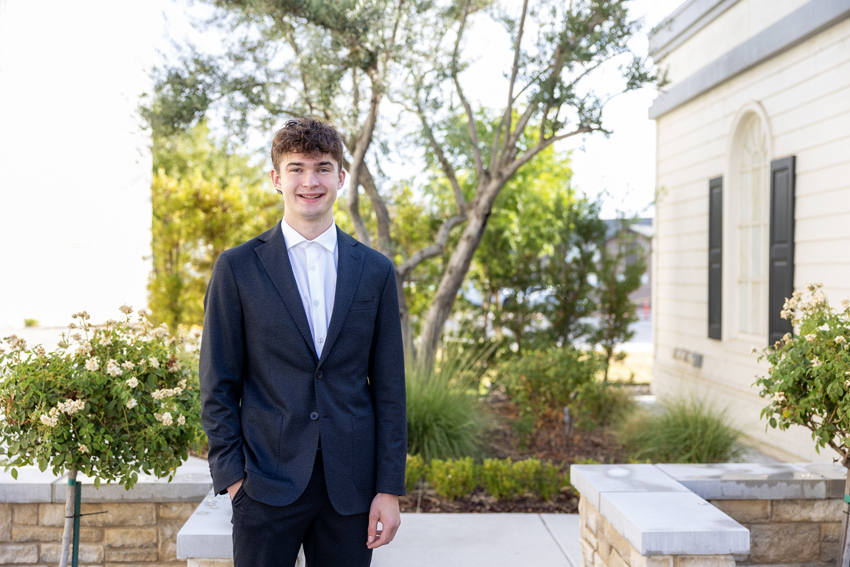This is a blog for students and adults who want to ponder the benefits of exercise, fitness and strength training and their implications for life beyond the momentary endorphin rush or the pursuit of some physical aesthetic ideal. The views and opinions expressed in this blog are founded on several years of personal experience, observation, trial and error (lots of the latter) and study. This is the seventh of a biweekly series of blogs written by Mick Fuller.
In the previous post I introduced readers to strength training specialist Mark Rippetoe’s three guiding principles of training and their role in producing stress that leads to strength. Rippetoe’s principles, the bedrock of his Starting Strength™ method, are expressed in this statement: Use the greatest amount of muscle mass to move the most weight possible through the longest effective range of motion. The three crucial components, muscle mass, heavy weight and range of motion combine to create enough stress in the body’s systems to trigger an adaptation.

The old song lyric I referred to in the title of this post holds the key to understanding and applying these principles. It reinforces the fact that all human movement is the result of interplay between various elements of the skeletal muscular system. This means that training the system as a whole must be the main determiner in movement selection.
For example, the movement known as the squat is a natural and essential pattern that all able-bodied humans employ starting in very early childhood. The squat involves nearly the entire body, from the joints of the feet to the ankles to the knees, to the hips to the intervertebral joints all the way up to the shoulders and elbows.
The muscles, connective tissues(tendons, cartilage & ligaments) and bones associated with all of those joints, along with the nervous system, work in concert to perform the move and keep the body in balance. Moving through the full range of motion for the squat under a load will train the entire system together in an efficient manner. Each muscle involved in the movement experience significant stress in proportion to their contribution to the movement
Selecting out one joint, such as the knee, from the whole, and performing a flexion (bending) or extension (straightening) of that joint, known as isolation, will not train the entire system and will not produce overall strength in the leg. This is because the stress caused by the isolated movement only affects the one muscle or muscle group associated with that movement. Laying on a machine and doing hamstring curls engage only one set of muscles, the ones on the back of the leg, namely the semimembranosus, the semitendinosus and the biceps femoris.

These muscles originate on the lower edge of the pelvis near the hip joint and insert on the rear surface of the tibia and fibula just below the knee joint. They function as flexors the knee as well as extenders of the hip joint, but the hamstring curl exercise only addresses the knee flexion function of the group. For this reason, the exercise violates two of the three strength training principles identified above. It uses the smallest amount of muscle mass available and limits the effective range of motion of the movement.
Isolation exercise also disregards the fundamental reality of human movement: namely that the body is a whole system. Humans rarely move a single joint by itself under load in the course of daily life; not in recreation, household or work related activities. (The only circumstance it happens with frequency is in the machine oriented exercise club.)
There is a synergistic aspect of training multiple muscle groups and multiple joints in one movement pattern that compounds the effectiveness of the training session. This synergy does not occur in isolation movements so there can be no compounding benefit. Natural movements are the result of the many connected segments of the system operating in concert. Training that takes all of this into account will produce a stronger and therefore more functional person.
To read the latest blog read: Functional Human Blog No.6, If You Want To Get Strong
To read the first blog read: Functional Human Blog No.1







